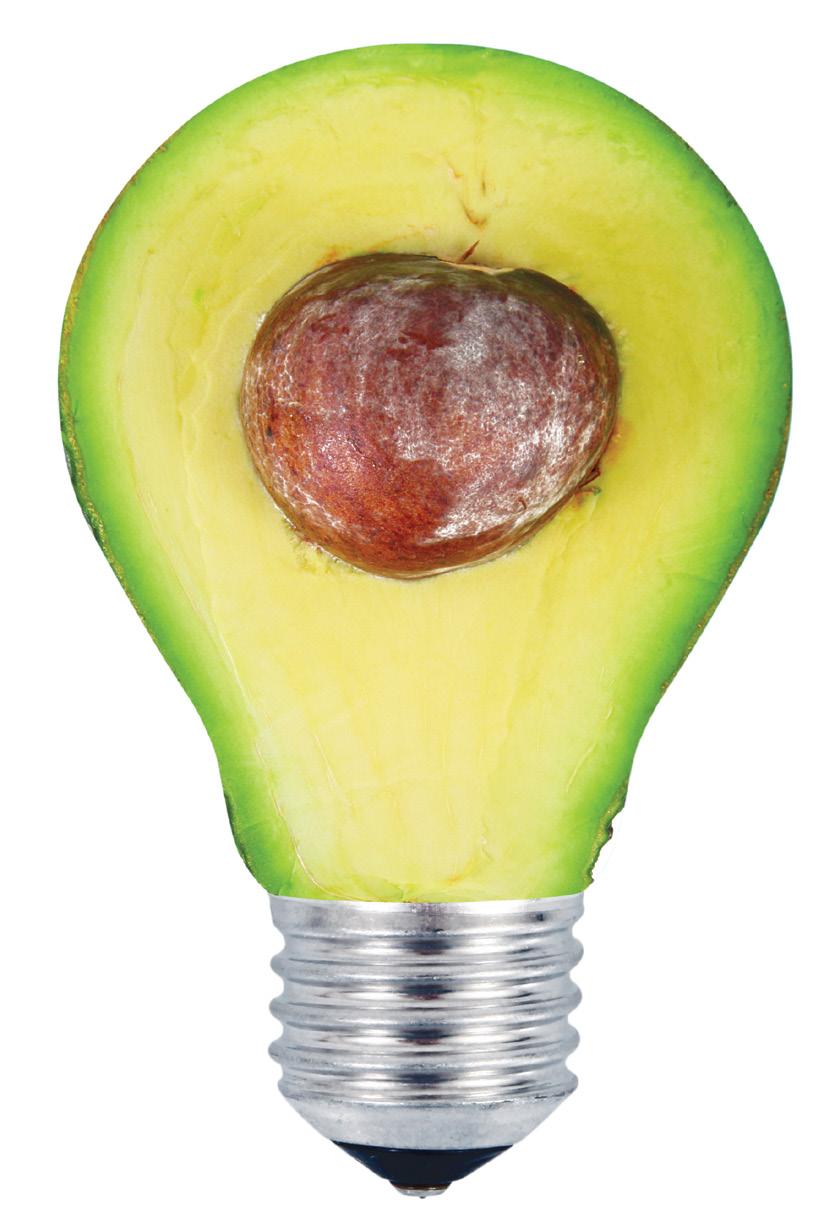DAIRY 101 TEAT SPRAYING
Teat spraying vital for happy cows
Story and photos by: Karen Trebilcock
T
here was a time, not that long ago, when spraying teats with water after milking was considered a good idea. Luckily, for our cows and our budgets, we now know adding teat spray to that water is essential. Teat spray is a mix of usually iodine or chlorhexidine, which kill bacteria, and emollients such as glycerine that keeps the skin of the teat supple and helps to prevent cracks. It’s been proven to reduce mastitis in lactating cows by 50%, meaning happy cows and happy farmers. The bacteria that causes mastitis isn’t great at moving around on its own, but after milking the teat canal is open and 86
when cows move, such as when they are walking back to their paddock, it causes pressure gradients in the canal. These pressure gradients can cause any liquid to be sucked up, and the mastitiscausing bacteria hitch a lift with it into the udder. Teat spray kills many of these bugs. As well, teat sprays are pH-skin-friendly and the emollients in the spray encourage healing. It’s hand cream for cows. And just like cracks in your hands, cracks in teats give bacteria a place to hide and are also painful, especially when the cups are put on. Cows with cracked teats will often kick and won’t let down properly, so keeping the teat skin smooth and supple improves milking out and increases milk yield. And if a teat is in perfect condition, there are fewer places for bacteria to hide.
Many teat sprays also include a nonstaining dye so you can see the coverage of the spray on the teat. Always mix it according to the directions on the label. Don’t water it down to save a few dollars – the recommended concentration is there for a reason. Most have a limited shelf life so make sure you use it within the time frame printed on the container. Also be careful with the water you add to the teat spray – using contaminated water is defeating the purpose of teat spraying. A dedicated jug for measuring will prevent cross contamination with other dairy chemicals. Of course, getting the teat spray on the teat is the difficult bit. You want good coverage of all four teats after every milking.
Dairy Exporter | www.nzfarmlife.co.nz | March 2021























